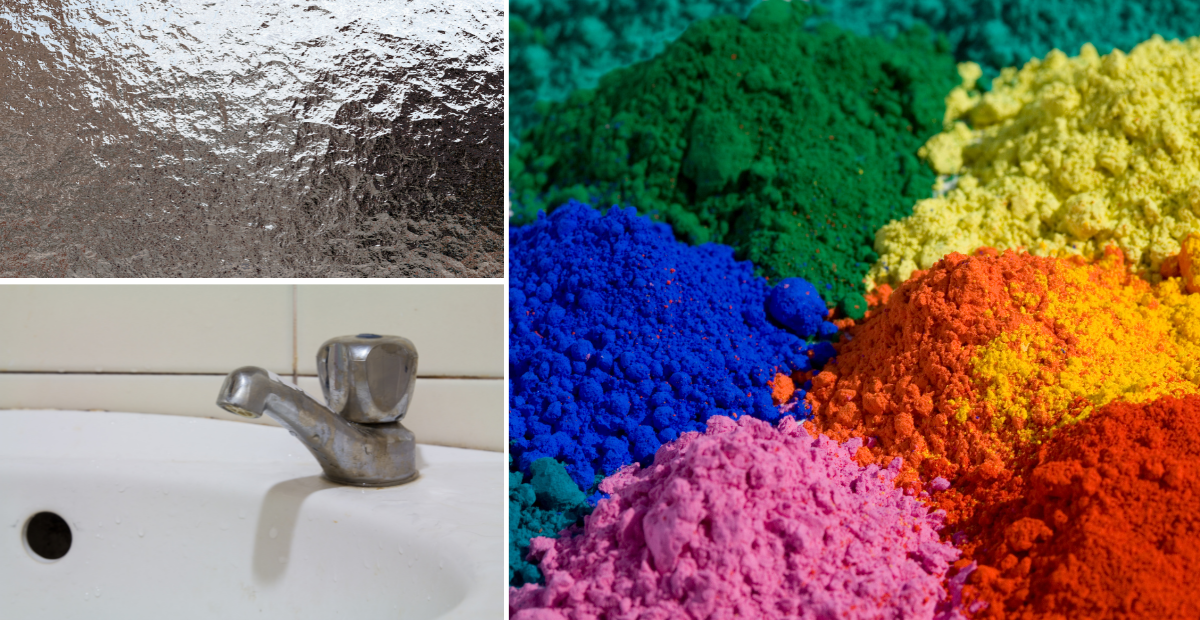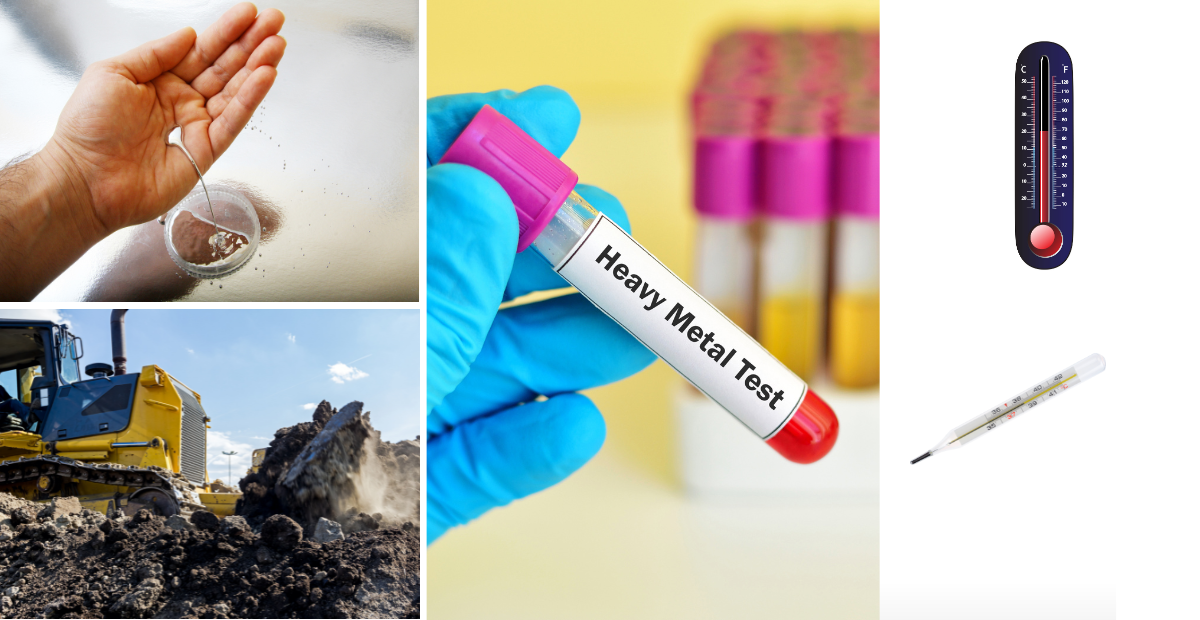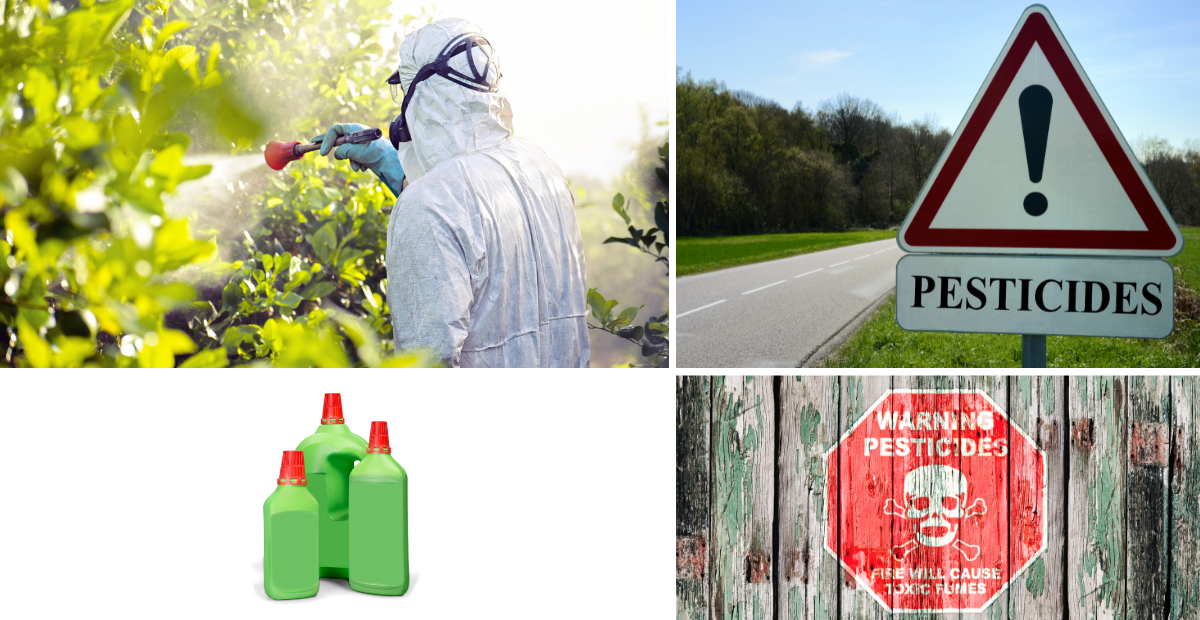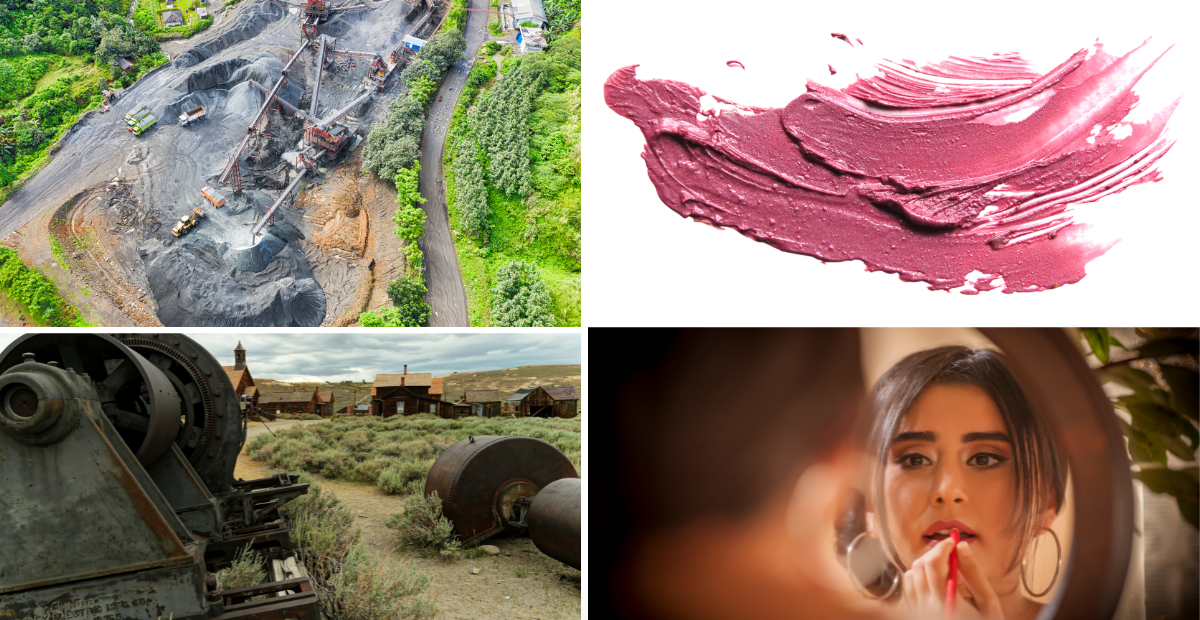More and more people are becoming concerned about their health and well-being and as a result, industries, suppliers, architecture, design and urban planning professionals are studying and developing products that can greatly improve buildings. A new way to avoid Sick Building Syndrome (A sick building syndrome (SED) was recognized for the World Health Organization (WHO) in 1982, after the proof that the death of 34 people and the finding that 182 cases of contagion with the bacteria called Legionella pneumophila were caused by contamination of the internal air of a hotel in Philadelphia..)
And for this it is important that we all have access to information about products used in construction, in designs such as, for example, coatings, metals, in the maintenance of environments.
Let's start finding out about the products, where they are found and possible harm to health.
I will divide into groups:
GROUP I – HEAVY METALS
You may have already heard about chromium, mercury, cadmium, manganese. (Elements of the Periodic Table). They are important, but they require conscious use and supervision by the responsible bodies.
Ferrous (stainless steel) and non-ferrous metal alloys and civil construction structures; Chrome plating (electroplating); Manufacture of products used in tanneries (pigments);
O chrome It is used in the manufacture of faucets, sanitary metals, kitchens, areas, furniture finishes.
It is a metal that is accumulative, that is, it is not eliminated in our body, and can cause osteoarthritis, arthritis, Parkinson's and Alzheimer's. You know those taps we buy in chrome? They lose chromium during use and this is absorbed by the palms of the hands. Exposure to hexavalent chromium (CrO3) in Desktop can irritate the skin, lungs and tract gastrointestinal tract and cause perforation in the nasal septum and lung carcinoma.

Do not consume vegetables, fruits and greens produced in risk areas, preventing your pets and other animals from consuming these foods and well water. Do not carry out works or excavations in areas at risk of Contamination from soil
Pay attention to taps in public bathrooms, some homes, especially older ones, bars and many other places, and the chrome products you have in your home. As soon as possible, replace them with other materials such as noble metals such as stainless steel, plastics, brass, electrostatic paint. There are solutions for all tastes and budgets!
O Mercury It is highly toxic to the body and the environment. It is present in mines to separate the precious metals contaminating our waters. It is also present in fluorescent lamps, thermometers, barometers, batteries, dental amalgams, medical and hospital laboratories, industry, mining.

The market offers LED lamps that, in addition to being more economical, do not pose this risk to your health. There are also digital thermometers.
A intoxication chronicle by Mercury It is not something far from our reality. We are exposed mainly from the consumption of fish and seafood, and, for those who have those old dental fillings, the amalgams, they also have a source of intoxication in Mercury permanent.
In humans, contact with mercury can cause mild symptoms such as itching and redness in the skin and eyes, to serious interference with cellular metabolism in case of prolonged exposure.
Remembering that these materials must be disposed of correctly in the environment..
O arsenic In addition to being used as a poison, the compounds of arsenic began to be used in agriculture as ingredients in insecticides, rat poisons, herbicides and wood preservatives, as well as pigments in paints, wallpaper and ceramics. It is widely used in wood treatment.
O arsenic crosses the placenta and is teratogenic (a teratogenic agent is any substance, organism, physical agent or state of deficiency, which, being present during embryonic or fetal life, produces changes in the structure or function of the fetus.) in animals and humans, accumulating in the fetus.

The gaseous form of arsenic is colorless, practically odorless and extremely toxic. It occurs naturally in water, soil and rocks, and is also present in some pesticides. If ingested or absorbed, it reversibly binds to sulfhydryl groups found in many tissues and enzyme systems.
Direct contact with the skin can cause non-healing wounds, damage to vital organs and lead to death.
O lead your Its main use is in the manufacture of automotive batteries, but it is also used in paints, cosmetics, radiation shielding. Also used in the manufacture of mirrors; Therefore, it is necessary to find out about the manufacturer.

In almost all foods, especially canned foods; plants, such as lettuce and watercress; animals, through soil and water contamination; and even alcoholic beverages lead particles have already been detected. Lead is a toxic metal that can be present in the production of plastics, batteries, electrical cables, paints, pipes and many other things manufactured by the industry.
The main effects of lead they are in the nervous system (chronic encephalopathy, cognitive and mood changes, peripheral neuropathy) and in the kidneys (nephropathy with gout, chronic renal failure and Fanconi syndrome). In more severe cases, brain and kidney damage they can lead to death. Among others diseases caused by lead are: anorexia, gastritis, acute headaches and general mental disorders. Furthermore, high exposure to this metal can affect bone metabolism during menopause in women, contributing to the development of osteoporosis.
SOURCE:
https://www.chemicalrisk.com.br/toxicologia
https://www.medicinanet.com.br/
https://siat.ufba.br/agentes-teratog%C3%AAnicos
https://cevs.rs.gov.br/chumbo –
https://www.fsp.usp.br/prevencao-da-contaminacao-por-chumbo/
HBC – Health Building Certificate
